S960 steel is a high-strength structural steel that offers exceptional mechanical properties, making it suitable for various applications in industries such as construction, engineering, and manufacturing. Peakkong will delve into the characteristics, uses, and advantages of S960 steel, providing you with a comprehensive understanding of this remarkable material.
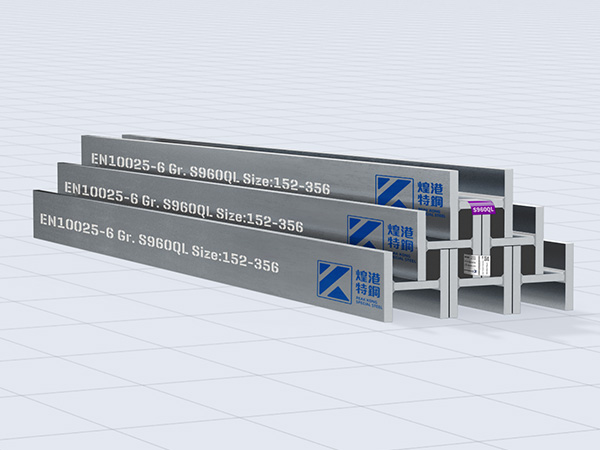
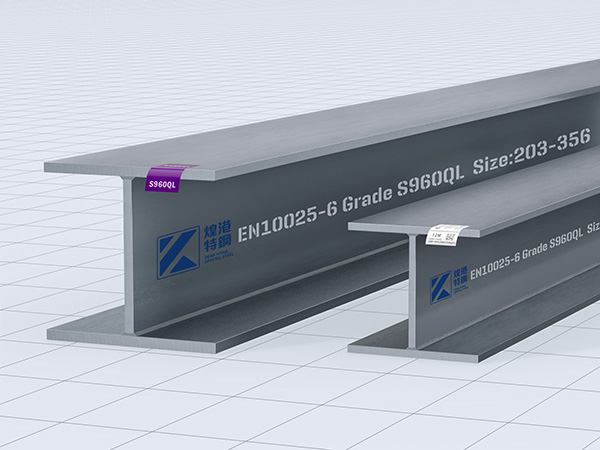
S960Q/S960QL/S960QL1 steel belongs to the class of structural steels and is classified as a hot-rolled, quenched, and tempered (Q&T) steel. It is part of the S series of high-strength steels, which are known for their excellent strength-to-weight ratio and superior toughness. S960 steel is specifically designed to withstand heavy loads and extreme conditions, making it ideal for demanding structural applications.
1. High Yield Strength: S960 steel has a minimum yield strength of 960 MPa, which is significantly higher than standard structural steels. This exceptional strength allows for the construction of lighter and more efficient structures.
2. Excellent Toughness: Despite its high strength, S960 steel maintains excellent toughness, ensuring its ability to withstand dynamic loads and resist brittle fracture. This makes it suitable for applications subjected to heavy impacts or vibrations.
3. Good Weldability: S960 steel offers good weldability, allowing for easy fabrication and assembly. It can be welded using conventional methods, ensuring flexibility in design and construction.
4. Low Carbon Equivalent: S960 steel has a low carbon equivalent, which enhances its weldability and reduces the risk of cold cracking during welding. This characteristic makes it a preferred choice for welded structures.
1. Construction: S960 steel is widely used in the construction industry for the fabrication of high-rise buildings, bridges, and infrastructure projects. Its high strength and toughness ensure the structural integrity and safety of these structures.
2. Heavy Machinery: S960 steel is employed in the manufacturing of heavy machinery and equipment, such as cranes, excavators, and mining machinery. Its superior strength allows for the construction of robust and reliable machinery capable of withstanding heavy loads.
3. Transportation: S960 steel is utilized in the transportation sector for the construction of truck chassis, trailers, and railway components. Its high strength-to-weight ratio enables the development of lightweight yet durable transportation systems.
4. Offshore and Marine Structures: S960 steel is suitable for offshore and marine applications, including oil rigs, shipbuilding, and offshore platforms. Its excellent toughness and resistance to corrosion make it an ideal choice for these demanding environments.
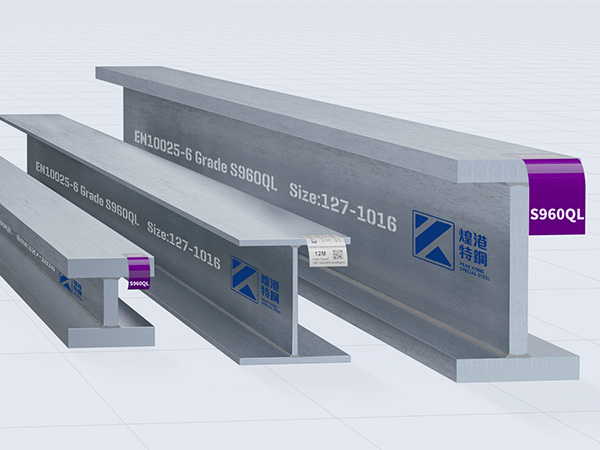
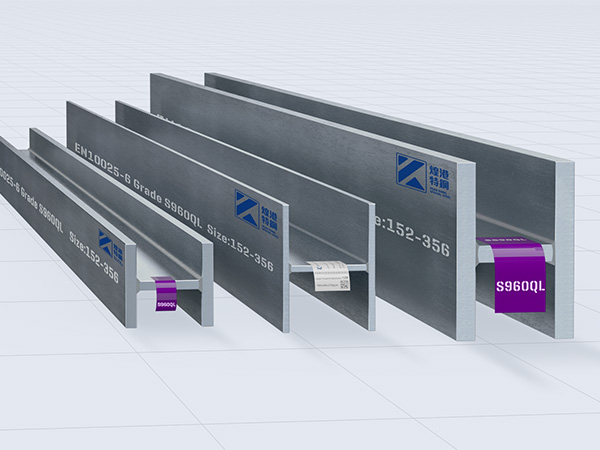
1. Weight Reduction: S960 steel’s high strength allows for the design and construction of lighter structures, resulting in reduced material and transportation costs.
2. Enhanced Safety: The exceptional toughness of S960 steel ensures the safety and reliability of structures, minimizing the risk of failure or collapse.
3. Cost Efficiency: Despite its higher initial cost, S960 steel provides long-term cost savings due to its durability, reduced maintenance requirements, and extended service life.
4. Design Flexibility: S960 steel’s good weldability and formability enable architects and engineers to create innovative and complex structures, pushing the boundaries of design possibilities.
-
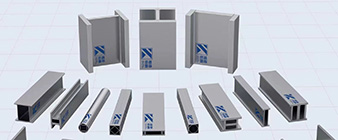 2024-9-16 Innovative applications of duplex and super duplex stainless steel structural sections:
2024-9-16 Innovative applications of duplex and super duplex stainless steel structural sections: -
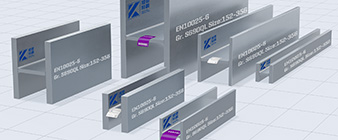 2024-6-22 Innovative application of high-strength steel structural Sections
2024-6-22 Innovative application of high-strength steel structural Sections -
 2023-12-12 Stainless steel laser welding profile knowledge
2023-12-12 Stainless steel laser welding profile knowledge -
 2024-9-29 Alloy 59 / 2.4605 Nickel-Based Alloy Hollow Structural Profiles
2024-9-29 Alloy 59 / 2.4605 Nickel-Based Alloy Hollow Structural Profiles -
 2024-9-25 Super duplex steel S32760 /1.4501
2024-9-25 Super duplex steel S32760 /1.4501 -
 2024-9-24 S690 Universal Columns Innovative applications in structural works
2024-9-24 S690 Universal Columns Innovative applications in structural works -
 2024-9-19 1.4410 stainless steel hollow structural profile
2024-9-19 1.4410 stainless steel hollow structural profile



